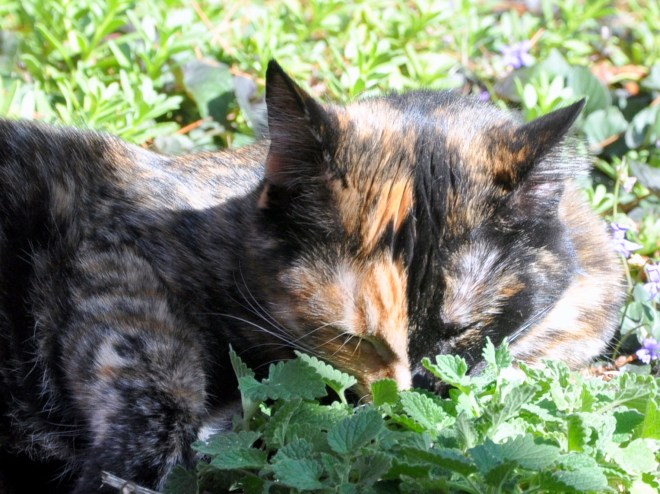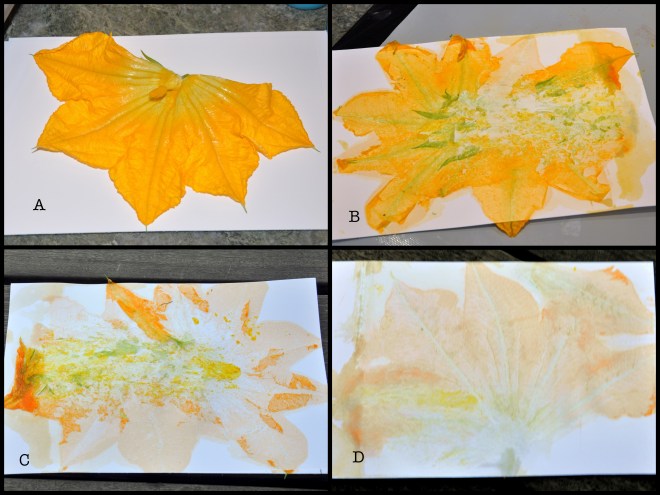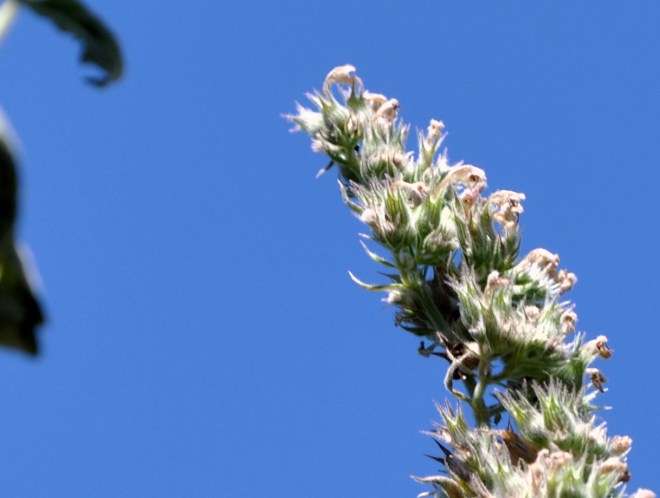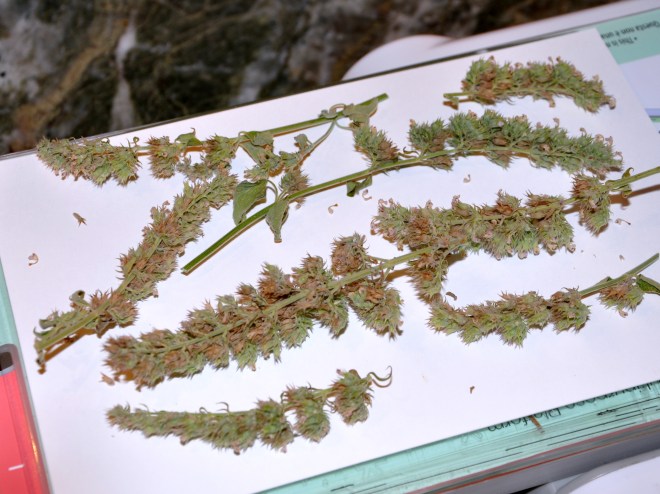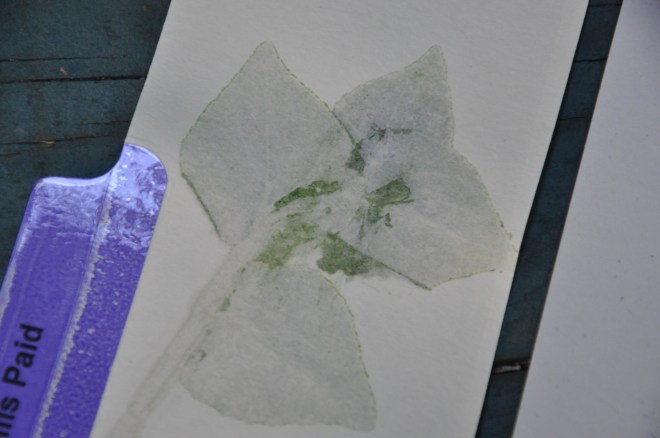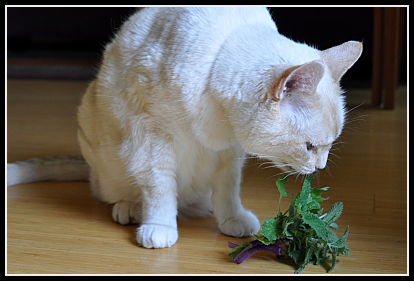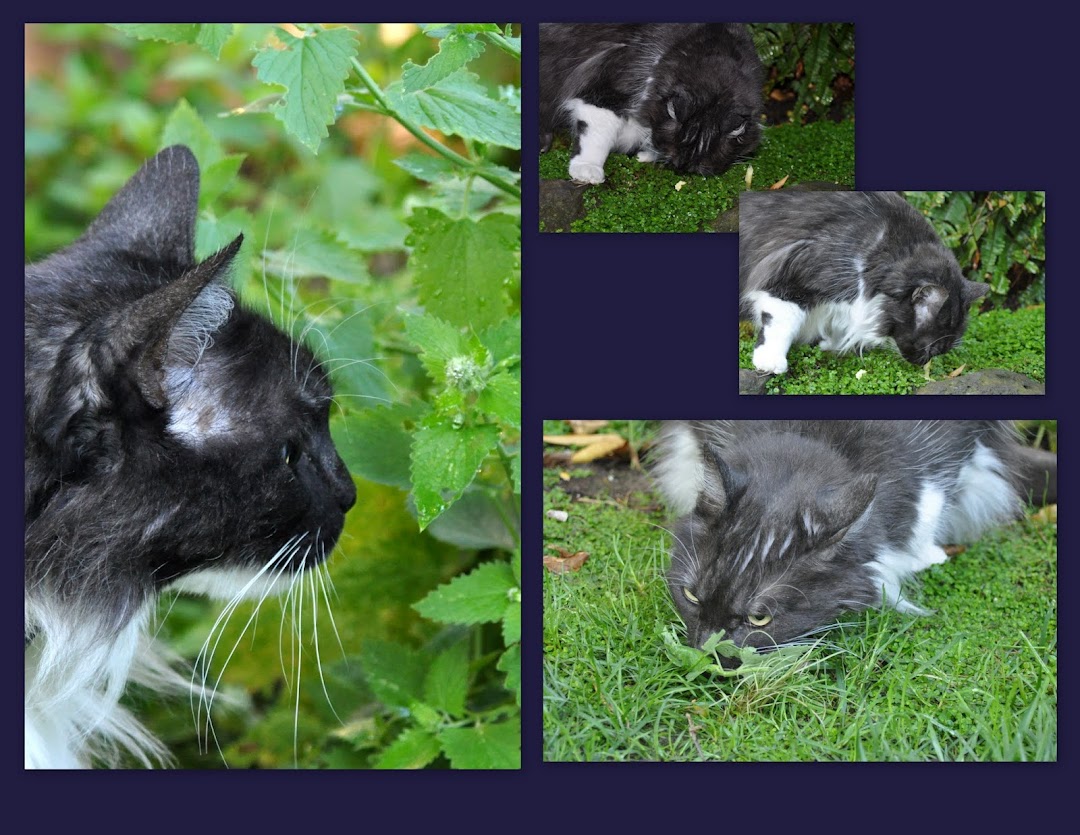We spent an hour at a local garden center this morning, filling our cart with various lovelies. After checkout, we stopped at a Burmese restaurant for lunch before returning home.
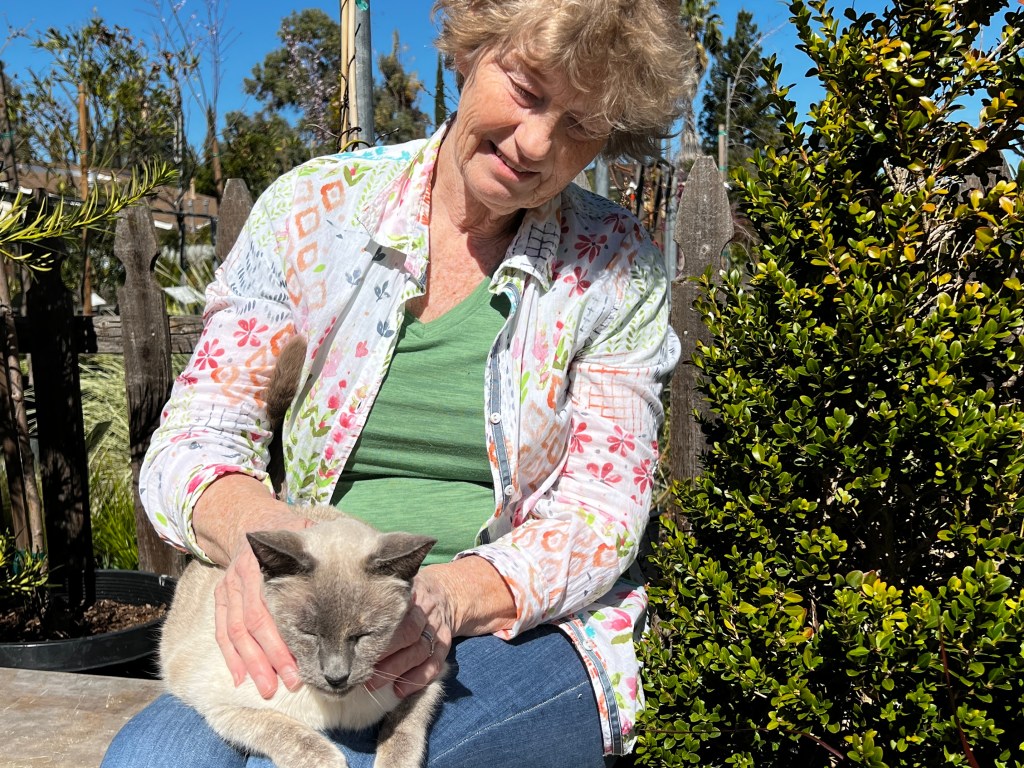
I unloaded the car, placing each plant in an approximate location for its new home. We’ve planted several new perennials, and by we, I mean Mike. He’s happy to dig the necessary holes and repair the irrigation along the way.
I’m most excited about the peach, lime, and red carnations, not just because they’re named after pies. I’ve never grown them before. There is nothing quite like the promise of a new gardening season.


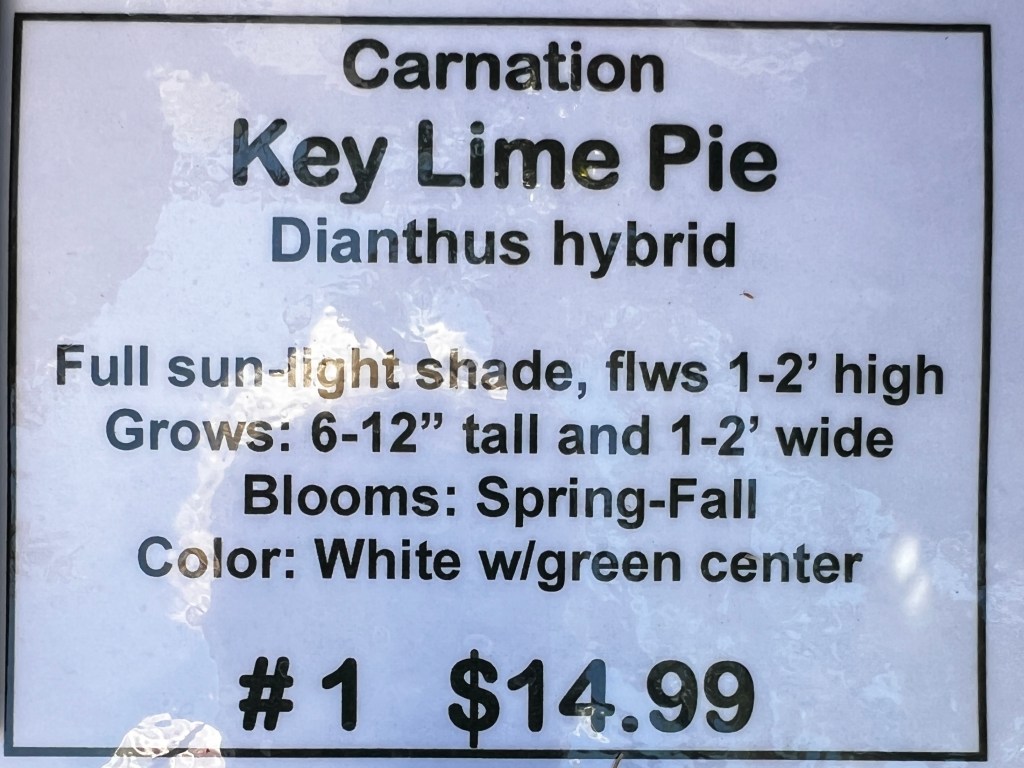
I asked Mike to remove an overgrown salvia to restore balance to the front garden’s planting scheme. The shrub grew taller and broader than expected, and even after heavy pruning, it seemed out of place.
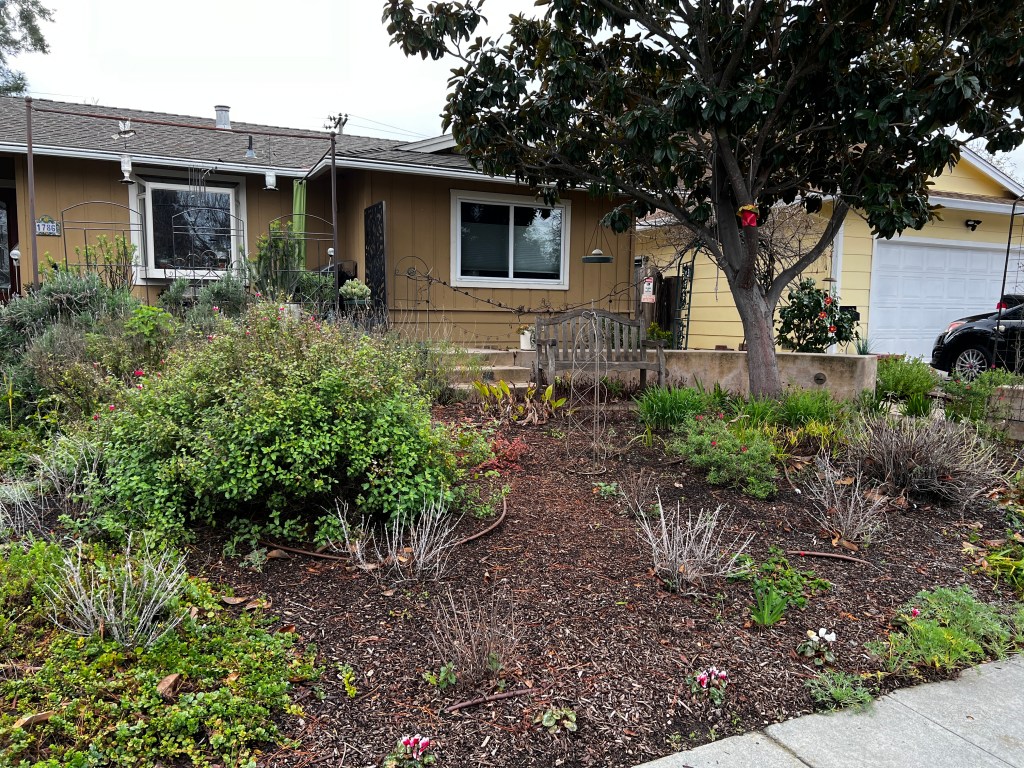
We planted three purple African Daisies along the front path and have yet to plant the lamb’s ear and yarrow, both needing full sun. I have a spot for them in the back garden. I’ll take pictures soon.
While Mike dug holes in the front garden, I dug up several self-sown nepetas, aka catnip, for our neighbors. After last year’s heavy rains, I had a bumper crop of catnip. It’s nice to share it with fellow cat lovers and the cats that love them.

Elsewhere in the garden, the freesias continue producing fragrant clusters in abundance. I’ve been bringing bunches of them indoors.

A couple of weekends ago, I placed netting around the edges of the planter box to support the emerging sweet peas. Today, I spotted the first sign of color.

The unexpected winter crop of mammoth sunflowers towers over the curb garden, but the flowers are fading, leaving behind a bird and squirrel smorgasbord. I will cut the stocks down to a meter or so, leaving them in place to support the crop of sweet peas moving in that direction.



I tucked a dozen gladiola bulbs in the space between all that growing. They should emerge sometime in June.
This week’s forecast is warm and dry, with a chance of rain on Friday. I hope that comes to pass, as it would be an excellent way to settle the garden.
Meanwhile, we have foraging birds and squirrels taking advantage of the abundance of seeds.

When I’m indoors looking out the window, the birds and squirrels strike delightful poses, but my camera phone can’t quite capture them. This afternoon, I looked up and spotted a squirrel dead center in the garden, standing up and appearing to look right at me. I’m sharing the photo even though it could be sharper.

Here’s another shot from the sideyard of a well-fed California Grey.

This pair of mourning doves spent an afternoon out back, but they’ve relocated to parts unknown. I don’t miss that mournful cooing, but I love watching them. Ana’s hummingbirds are enjoying the fountain along with an assortment of small songbirds.


This is my time of year!
“When the world wearies and society fails to satisfy, there is always the garden.” – Minnie Aumonier








